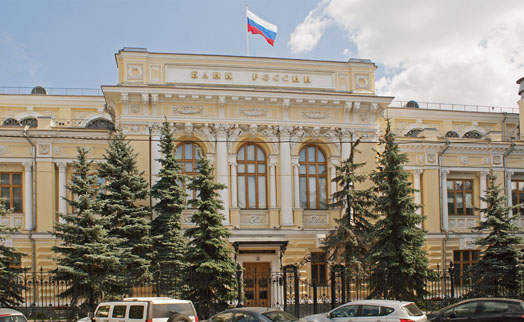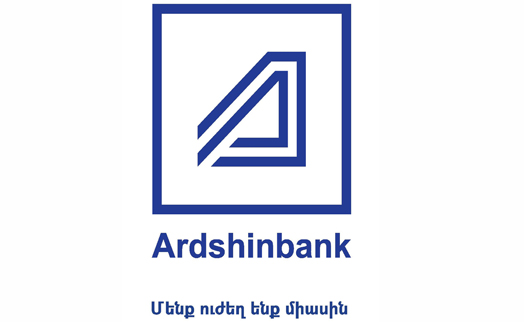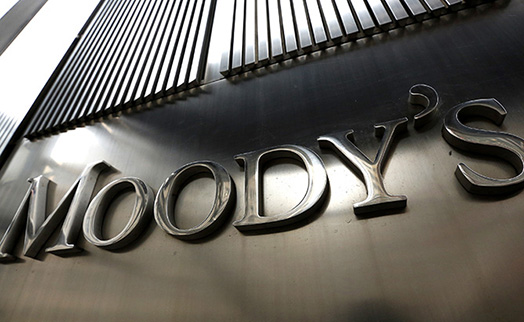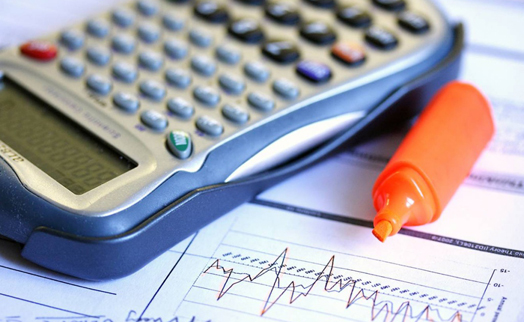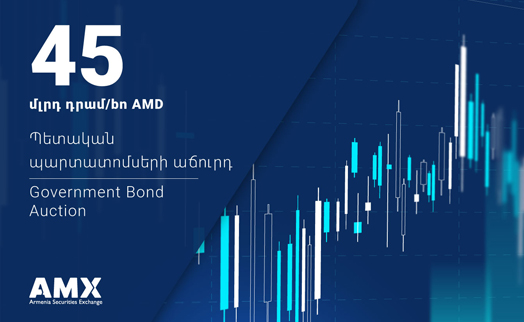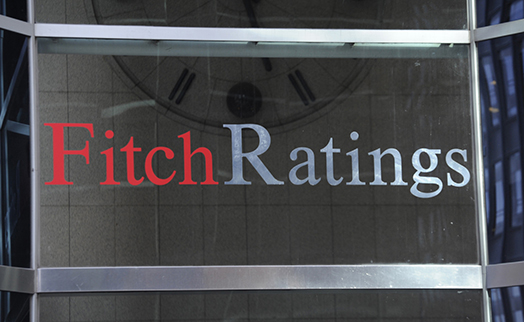20.08.2013 15:36

YEREVAN, August 20. / ARKA /. Fitch Ratings has affirmed Armenia's Long-term foreign and local currency Issuer Default Ratings (IDR) at 'BB-' with a Stable Outlook. The Country Ceiling has been affirmed at 'BB' and the Short-term rating at 'B'.
The affirmation reflects the following factors: The consolidated general government deficit fell to 1.4% of GDP in 2012, down from 2.8% of GDP in 2011, outperforming the target for the second successive year. The government succeeded in meeting its goal of increasing tax revenues, although under-execution of capital spending also contributed, by 1.2pp of GDP. The deficit will increase again in 2014 due to the costs of introducing a pension reform, estimated at 0.5% of GDP in the first year. General government debt rose 1.8pp of GDP to 44.1% of GDP in 2012, but Fitch expects it to stabilise from 2013 onwards.
Currency depreciation is a risk to solvency given that over 80% of government debt is foreign currency-denominated. External sovereign debt service is modest, but rising. The government aims to deepen the local capital market. Real GDP grew by 7.2% in 2012, faster than in any other rated sovereign in Emerging Europe, driven by agriculture, mining and services. Faster growth has accompanied a government drive to improve the business climate, although qualitative weaknesses persist. Growth slowed in Q213, but Fitch expects it to reach 5% in 2013-15, higher than its previous forecasts. Consumption and net trade are contributing, while investment is weak. Headwinds will come from higher gas prices and slower growth in Russia.
A current account deficit (CAD) above 10% of GDP is still a rating weakness, although it is gradually narrowing, driven by exports. The CAD is forecast to fall below 10% of GDP in 2014, with FDI accounting for an increasing share of CAD financing. Reserves will be flat as Armenia starts to repay IMF lending. Governance indicators are slightly below 'BB' medians. Serzh Sargsyan won a second term as president in February 2013, completing a smooth election cycle and pointing to policy continuity. However, an angry popular response to a proposed rise in public transport fares in Yerevan suggests dissatisfaction and latent political risks. Armenia's rating is supported by a relatively strong macroeconomic framework and a good inflation track record in comparison with the peer group of 'BB' rated sovereigns.
However, rising food prices and a 15.1% rise in energy tariffs (stemming from higher gas import costs) pushed up inflation to 8.5% year on year, in July 2013. By 2014 inflation should return to the target range, below 5.5%. The Central Bank of Armenia (CBA) is allowing greater exchange rate flexibility, although dollarisation is high at 63%. Fitch previously highlighted the risks to the banking sector from strong lending growth, albeit from a low base. Headline growth in bank lending to the private sector slowed to 16% year on year in May 2013, from 27% at end-2012. The CBA has moved to dampen growth in foreign currency lending. Bank risks to sovereign creditworthiness are mitigated by loss absorption capacity and predominantly foreign ownership of the banks
The Stable Outlook reflects Fitch's assessment that upside and downside risks to the rating are currently well balanced. Consequently, Fitch's sensitivity analysis does not currently anticipate developments with a high likelihood of leading to a rating change. The main factors that, individually or collectively, could lead to positive rating action are: Ongoing improvement in the CAD and a stronger reserve position. Setting the debt/GDP ratio on a downward path. A track record of sustainably low fiscal deficits while navigating the challenges of the pension reform would improve creditworthiness, especially given the forecast rise in sovereign external funding costs. The main factors that, individually or collectively, could lead to negative rating action are: A fall in reserves and pressure on the dram originating from an external shock or inconsistent economic policies. A sharp depreciation would worsen solvency risks given the government's largely foreign currency-denominated debt, and pose risks to the financial system in view of the high level of dollarisation. An upswing in political risk, which is less likely now that the election cycle is complete. Material slippage in the performance of public finances that led to a rise in the debt/GDP ratio.
The ratings and Outlooks are sensitive to a number of assumptions: Fitch assumes that real GDP growth and fiscal outturns do not deviate greatly from its forecast, and that any spillover from slowing growth in Russia is contained. Fitch assumes that a further sharp downswing in metals prices is avoided. Mining exports, especially copper, account for two-thirds of goods exports. Fitch assumes that Armenia continues to enjoy broad social and political stability, and that there is no significant worsening in tensions with Azerbaijan surrounding Nagorno-Karabakh. Fitch assumes there will be progress in deepening fiscal and financial integration at the eurozone level in line with commitments by policy makers. It also assumes that the risk of fragmentation of the eurozone remains low. -0-
Read the news first and discuss them in our Telegram
Tags:






